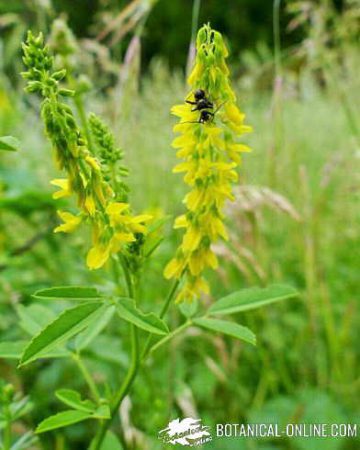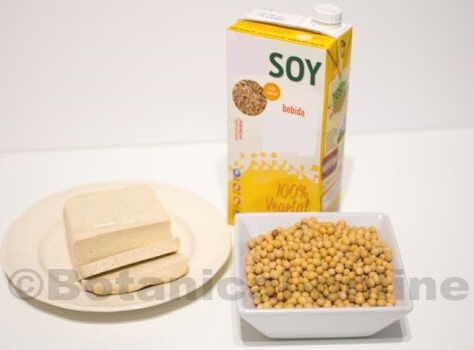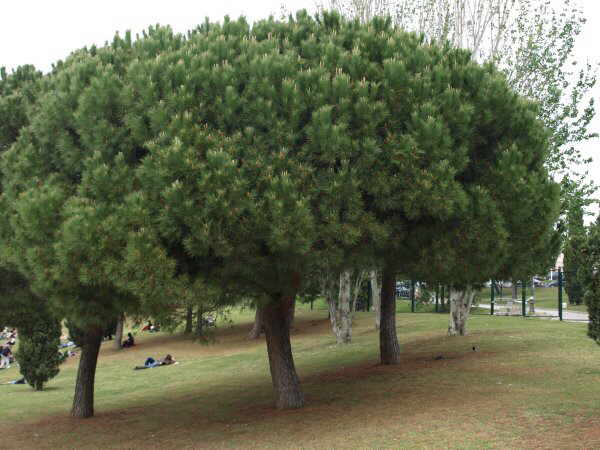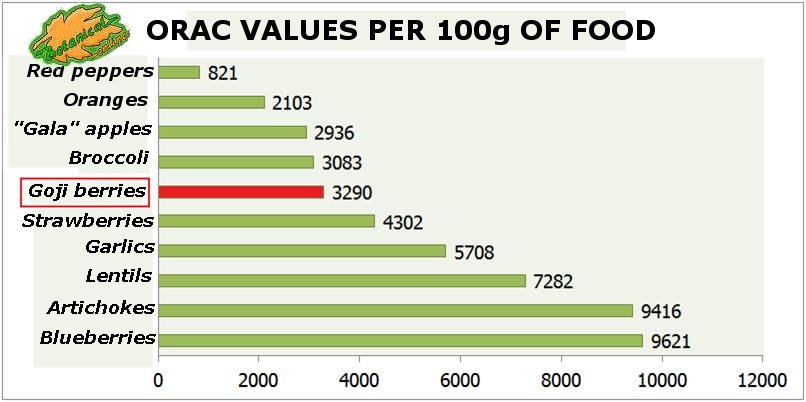Contents
How to grow Melilotus in your garden

What is Melilotus grown for?
Melilotus ssp. have been revealed as plants with a high degree of adaptability to different terrains and climatologies. These legumes have their origin in Central Asia and have been known for more than 2,000 years throughout the Mediterranean region, where they have been used as a forage plant for livestock, similar to how alfalfa is used (which is a botanical relative of Melilotus).
Melilotus cultivation
The cultivation of this plant was introduced in North America in the middle of 1,700, but when it really took a boom it was at the beginning of the 20th century and until today, for livestock consumption. There it has been shown that it is a plant with a high degree of adaptability to different types of soil and even extreme temperatures.
Due to the characteristics of its roots, it has great capacity to hold in the soil. It also breaks, drains and aerates the soil, leaving it prepared for the future planting of any other cereal or legume. Therefore, it can be affirmed that this is an efficient plant, since it increases the fertility of degraded soils, a quality that is very little recognized.
Soil and climate for the cultivation of Melilotus
- Temperate humid climate is the most favorable.
- Tolerates all types of soils, even dry and poor: sandy, calcareous, clay soils.
- Edaphic soil reaction: optimum pH from 6.5 to 7.5.
- Resistant to the requirement and tolerance to salinity.
- Sun exposure or semi-shade.
How to reproduce Melilotus
- The plant reproduces by seeds. Sowing is done in autumn, although it can also be done in early spring.
- In intensive crops, prior to sowing, a seed scarification process (hot or cold water, mechanical processes or others) is recommended.
- The ground should be prepared to make it free of weeds and avoid it to be compact, in order to facilitate rooting. The seeds can be sown in broadcast sowing, in spaced lines about 25-30 cm. Cover with a thin layer of soil (maximum 1-2 cm).
- The planting density should be such that it allows to obtain around 300/500 plants per square meter. In general, the recommendations indicate planting between 8 and 12 kg / ha according to the quality of the seed.
- The soil must be kept moist, avoiding soil flooding.
Melilotus harvesting
The flowering tops are harvested in summer and dried in a cool and dry place, taking care that they are very scattered, to avoid possible molds. First of all, it should be noted that the Melilotus can be used as a medicinal plant as long as it has had a good drying process. It is an indispensable condition, since before any process of fermentation or presence of moisture and fungi the plant becomes toxic (more information).
After proper drying, we can store the flowering tops in glass jars for various domestic uses, since it is a plant with multiple properties (medicinal, as people food, animal feed, etc)
![]() More information on Melilotus
More information on Melilotus








